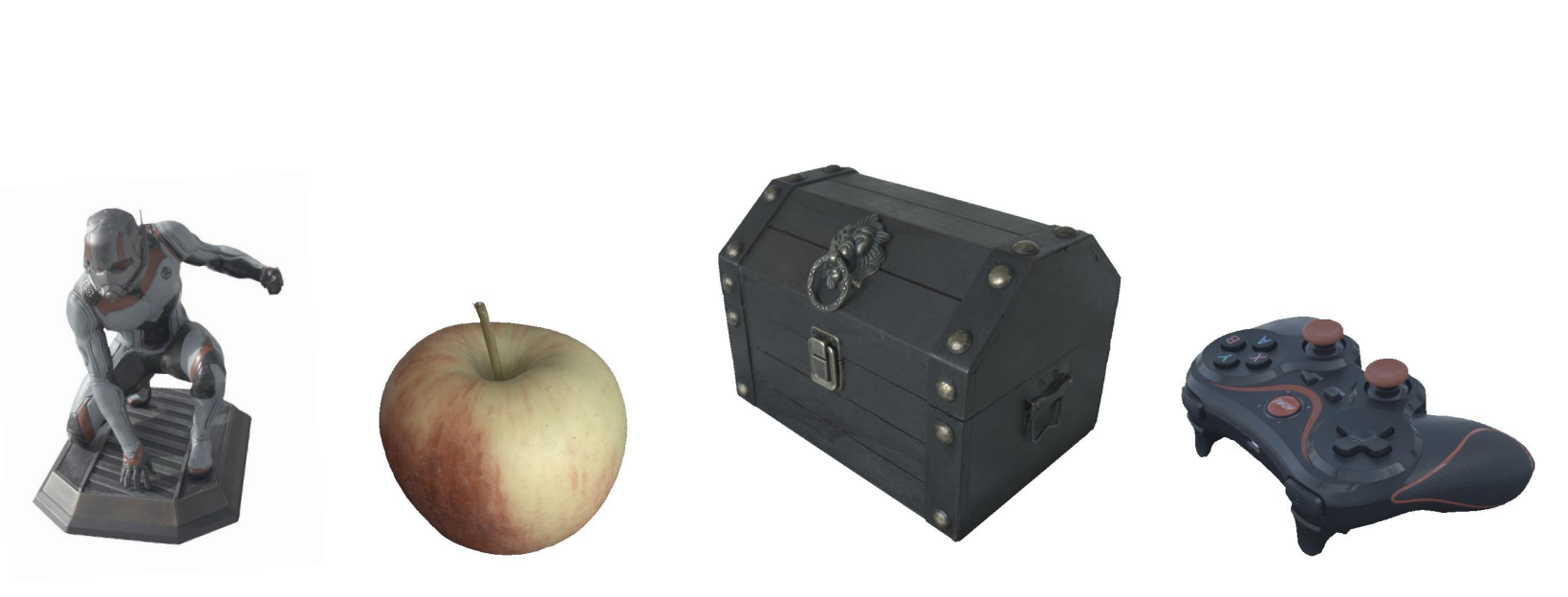publications
publications by categories in reversed chronological order. generated by jekyll-scholar.
2025
2024
-
 Objects with Lighting: A Real-World Dataset for Evaluating Reconstruction and Rendering for Object RelightingIn International Conference on 3D Vision, 2024
Objects with Lighting: A Real-World Dataset for Evaluating Reconstruction and Rendering for Object RelightingIn International Conference on 3D Vision, 2024TL;DR: A real-world dataset for evaluating inverse rendering methods in object relighting, allowing for a comprehensive analysis of relighting performance.
2023
2020
-
 Designing conformal cloaks by manipulating structures directly in the physical spaceOptics Express, 2020
Designing conformal cloaks by manipulating structures directly in the physical spaceOptics Express, 2020TL;DR: Design conformal cloaks by manipulating structures directly in the physical space

